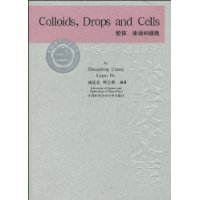??????????й???弰???????Щ????о?????????????μ????????????????????????????????????η??????????????????????????????о???????????????????????????????????????弰????????????????????????????????淽????
插图:

There are many pioneers in this field who have promoted importantdevelopments to freeze-drying in the last 60 years. Owing to efforts of EarlFlosdorf, Ronald Greaves, and Francois Henalff , the massive production offreeze-dried human plasma was used extensively during World War II whichhad saved many lives. Sir Ernst Boris Chain, the Nobel Laureate forpenicillin, introduced freeze-drying for the preparation of antibiotics andsensitive biochemicals. Charles Merieux opened .wide new area for theindustrial production of sera and vaccines.
Recently, some progresses have been made in freeze drying blood cells.In 1993, Sowermimo and Goodrich have firstly reported thathydroxyethyl starch (HES), glucose and their mixtures are new alternative of"bulking" agents of dried red blood cells. With liposomes as a model, Crowe -JH studied effects of HES and glucose on membrane stability, finding thatboth glass formation and depression of Tm in the dry lipids are required.
Weinstein et al. investigated the effects of rehydrated erythrocyteafter freeze drying by re-infusing them into the original donors, anddiscovered that the cells survive normally in the circulation with no adverseclinical effects except some slight decrease of deformability. Sowemimo etal. studied on the performance when the rehydrated, lyophilized humanred cells are stored at 4~C. Goodrich Jr et al. studied the possibility oflyophilizing RBC in a manner that maintains normal metabolic and enzymaticfunctions upon rehydration.

